Located in the mountains and forests of Thanh Hoa, the Hai Van Resistance Blast Furnace Relic (NX3 Blast Furnace) with its fiery days contributed to writing the heroic victory of Dien Bien Phu "famous in five continents, shaking the earth" of the Vietnamese people.
 Hai Van resistance blast furnace was once red hot to meet the need to produce weapons for the battlefield.
Hai Van resistance blast furnace was once red hot to meet the need to produce weapons for the battlefield.
From Thanh Hoa city, traveling about 40km southwest through Nong Cong to Ben Sung town (Nhu Thanh), visitors will "encounter" Dong Muoi mountain - a mountain belonging to the mountain system "running" from Sam Neua (Laos) to Thanh Hoa. Located near Song Muoc lake, Dong Muoi mountain is low, like a secretive and dangerous valley, surrounded by mountains. Perhaps that is why Dong Muoi was chosen to become the historical "location" for building the Hai Van resistance blast furnace more than 70 years ago.
Going back in history, in 1945, the August Revolution succeeded, Uncle Ho read the Declaration of Independence giving birth to the Democratic Republic of Vietnam. However, the French colonialists at that time did not give up their ambition to invade our country. Therefore, on the night of December 19, 1946, President Ho Chi Minh, on behalf of the Party Central Committee and the Government, issued a call for national resistance. His words called for the strength of all people to join hands and unite to fight the enemy to protect the achievements of the revolution and preserve the beautiful country of our ancestors. Determining that the resistance would definitely win, but it would be long and arduous, so we had to be self-reliant and self-reliant.
To sustain the resistance war, self-sufficiency in the production of weapons and ammunition for the army and guerrillas is indispensable. And to be able to produce weapons, the military industry plays an extremely important role. At that time, the Military Department; the Department of Industrial Minerals of Central Vietnam decided to choose Cau Dat - Song Con (in Con Cuong district, Nghe An province) as the location for the iron production furnace. Later, the iron production furnace was moved to Cat Van (also in Nghe An). However, the blast furnace in Cat Van was in the process of completing construction to go into operation when it was discovered by the enemy, who sent bombers to destroy it.
According to documents, at this time, the head of the Central Industrial Minerals Department, Vo Quy Huan, had to go to Viet Bac to ask for the Central Government's direction on choosing a location to build a blast furnace. There were two locations chosen: Thai Nguyen or Thanh Hoa. However, according to General Vo Nguyen Giap, Thai Nguyen could not be chosen because the French colonialists would attack here. Therefore, the Thanh land was chosen as the place to build a blast furnace. Through the survey, the mountainous area of Nhu Xuan district (at that time Nhu Thanh district had not yet been separated from Nhu Xuan district) with the advantage of surrounding mountains, convenient water and road transportation, close to the ore source, and available ironwood coal source to serve the furnace, was an ideal condition to build a blast furnace.
At the end of 1949, the blast furnace from Cat Van (Nghe An) was officially moved to the Dong Muoi mountain forest area of Nhu Xuan district, Thanh Hoa (Dong Muoi was formerly in Hai Van commune, so it was also called Hai Van Resistance Blast Furnace). In 1950, the construction of NX1 and NX2 blast furnaces in Nhu Xuan district was carried out in the ironwood forest area of Dong Muoi mountain forest. More than a year later, the first batch of cast iron was produced under the canopy of Dong Muoi forest - marking a turning point in the metallurgical industry. In the two years 1952 - 1953, nearly 200 tons of cast iron were produced at Dong Muoi to produce weapons for the fiery battlefield.
However, despite being careful, the activities of the NX1 and NX2 blast furnaces under the ironwood forest could not escape the eyes of the French colonialists, who sent planes to bombard them fiercely day and night. The relocation was once again raised. After careful observation and exploration, comrade Tran Dai Nghia, Director of the Military Ordnance Department, decided to move all production machinery into Dong Muoi cave (about 1km from the old area) - the NX3 blast furnace was born from there. Putting the blast furnace into the cave for production would avoid being detected by the enemy and even if unfortunately discovered, with a production facility in a cave it would be very difficult to attack.
 The stele house introduces the Hai Van Resistance Blast Furnace Relic.
The stele house introduces the Hai Van Resistance Blast Furnace Relic.
However, in addition to the advantage of secrecy, bringing a blast furnace with bulky machinery and equipment into a mountain cave is not easy. About 400 mines were detonated to widen the cave entrance. Along with that, the machinery when brought into the cave must be improved to suit the structure of the cave; the system of exhausting steam, toxic gas and smoke must be discharged outside but how can it be camouflaged so that it is not detected by the enemy; and then there are unforeseen problems such as the phenomenon of intense noise from machinery, fans banging on the cave walls, causing workers to only be able to signal but not be able to hear; the phenomenon of releasing dangerous toxic gas that can affect life due to the chemical reaction process... a series of problems occurred, causing engineers and workers to have to rack their brains to calculate and find ways to overcome.
Amidst the myriad of difficulties of actual production conditions and the urgency of the battlefield, the engineers and workers working here with iron will and intelligence finally completed the installation of the NX3 Blast Furnace in Dong Muoi cave at the end of 1953. From here, in Dong Muoi cave in the middle of the green mountains and forests, there were consecutive fiery days, seething with production spirit. There were proud verses of praise: "Dong Muoi in the middle of the green forest / How affectionate were the days of resistance / This cave embraced the shadow of the Blast Furnace / Expanding the history of steel, the pride of the workers".
From the NX3 blast furnace in Dong Muoi mountain cave in Thanh Hoa, hundreds of tons of cast iron were sent to serve the casting of grenades, mortars, pans, military pots... Especially, during the 1953 - 1954 Winter-Spring war and the Dien Bien Phu campaign, to keep the front line confident in fighting, there was a significant contribution from the "rear" of Dong Muoi blast furnace.
And during the fiery days with the historic mission of the Hai Van Resistance Blast Furnace, this place has left its mark of intelligence and efforts of generations who were ready to contribute to make history such as: Professor Tran Dai Nghia; engineer Vo Quy Huan...
70 years have passed, the fiery days in the green Dong Muoi forest of the Hai Van Resistance Blast Furnace have also receded into the past - "living" with the heroic years of the nation's history. However, the Hai Van Resistance Blast Furnace is still there, the vestiges of the "drying kiln"; "iron annealing kiln"; "hot wind kiln"... are still there; along with the slogans "Dig deep, remember carefully, review achievements, write a full and specific autobiography"; or "Promote mutual support, boost production, help each other review achievements, write a good autobiography"... are not only an affirmation of the spirit of living, fighting, and working tirelessly of the cadres, engineers, and workers who worked at the resistance blast furnace in the past. Those vestiges are still silently "telling stories" to the next generation, about a time of brilliant red fire with the nation.
Leading us to visit the national relic site of the Hai Van Resistance Blast Furnace (NX3 Blast Furnace), Mr. Nguyen Danh Tuyen, 75 years old, a resident of Doi De neighborhood, who has been taking care of the relic for the past 30 years, shared: “In 1962, my father took me to the blast furnace for the first time. At that time, although the people had left, the machines remained. I was really overwhelmed because I saw with my own eyes the machines and equipment installed inside. I kept thinking how people could bring that many machines into the cave and operate such a large-scale blast furnace for such a long time... The overwhelming and admiring feeling was certainly not only for me, but for anyone who visited the Hai Van Resistance Blast Furnace during those years. Like a foreign scientist who visited this place and had to exclaim, “It was so great beyond our imagination.” As a soldier who experienced the war, I believe that it was those seemingly impossible “greatnesses” that created the strength to bring our whole nation to the final victory day".
Article and photos: Khanh Loc
Source


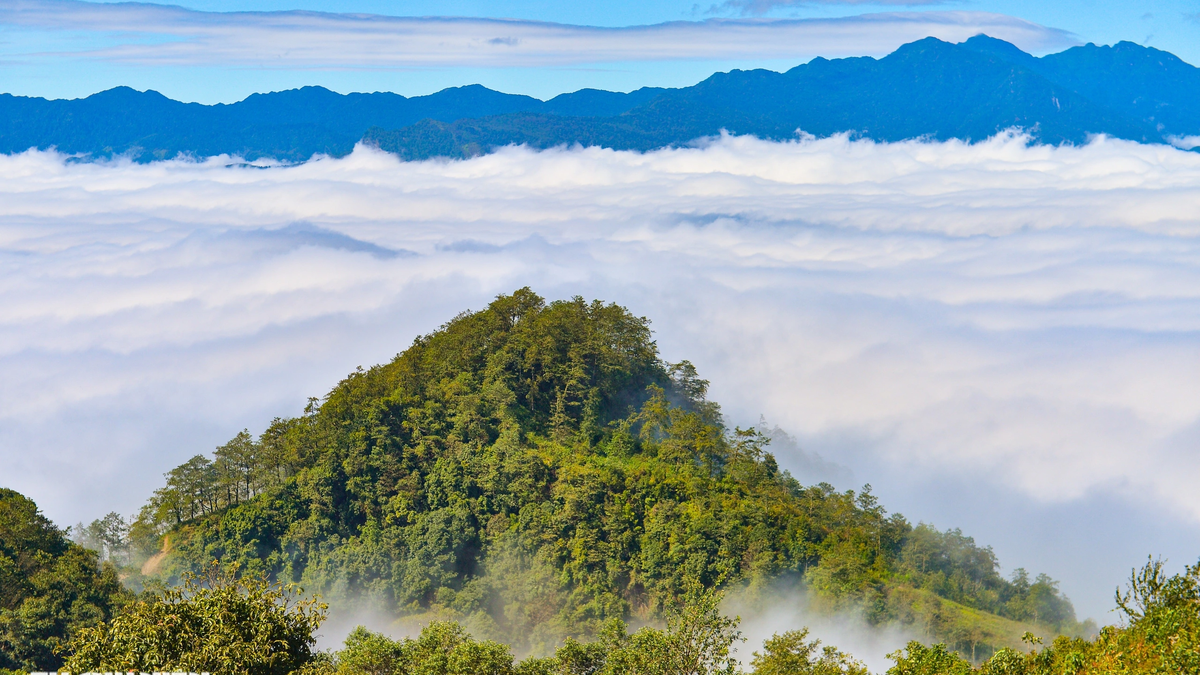


![[Photo] Unique art of painting Tuong masks](https://vphoto.vietnam.vn/thumb/1200x675/vietnam/resource/IMAGE/2025/11/14/1763094089301_ndo_br_1-jpg.webp)
![[Photo] Unique architecture of the deepest metro station in France](https://vphoto.vietnam.vn/thumb/1200x675/vietnam/resource/IMAGE/2025/11/14/1763107592365_ga-sau-nhat-nuoc-phap-duy-1-6403-jpg.webp)

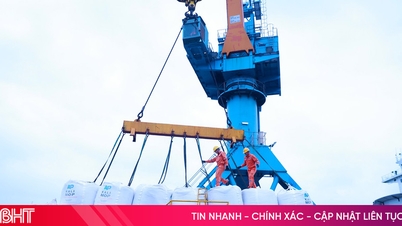




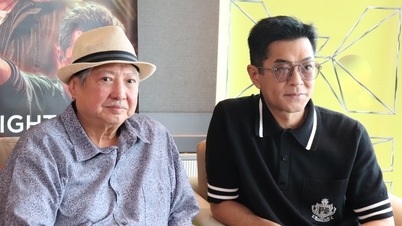



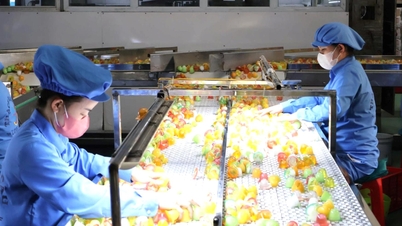

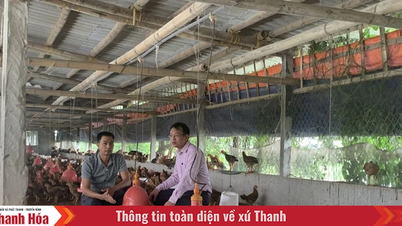




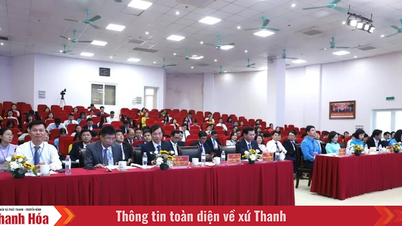


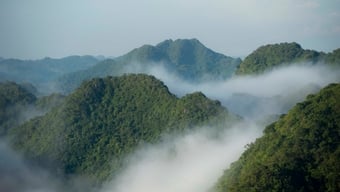



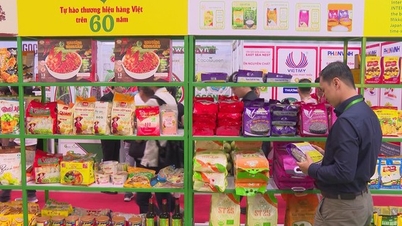
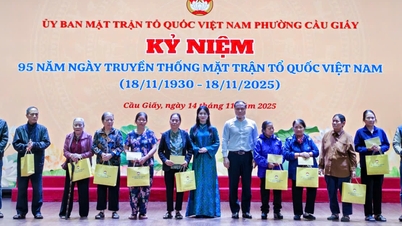


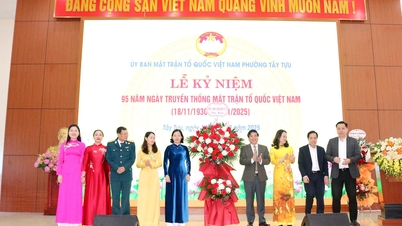
![[Photo] Special class in Tra Linh](https://vphoto.vietnam.vn/thumb/1200x675/vietnam/resource/IMAGE/2025/11/14/1763078485441_ndo_br_lop-hoc-7-jpg.webp)

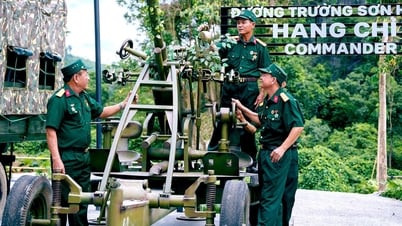






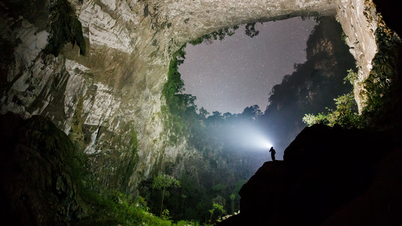





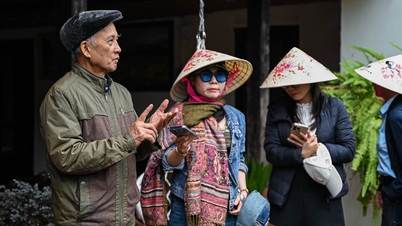





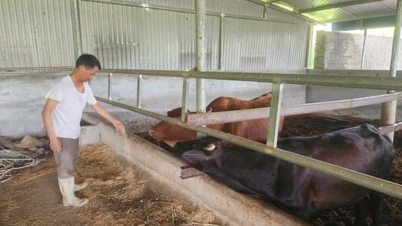























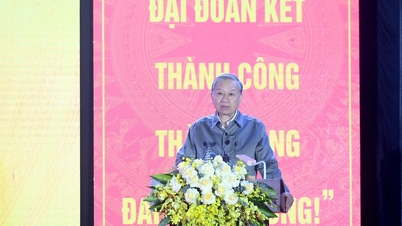

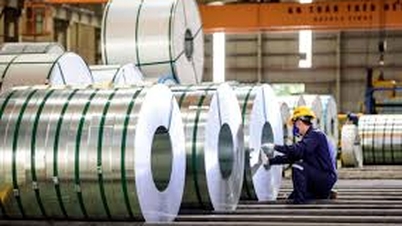

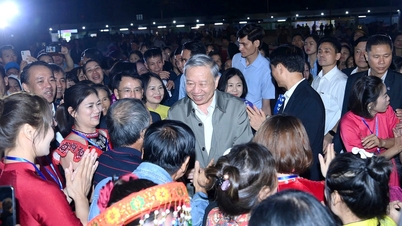






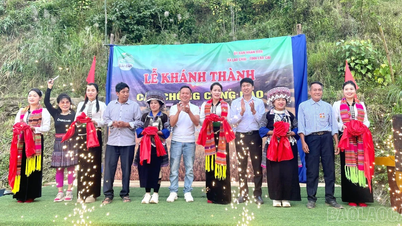

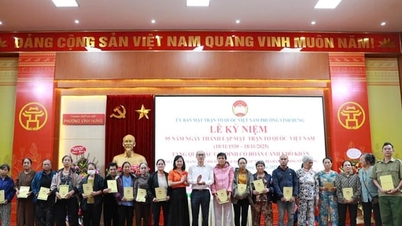


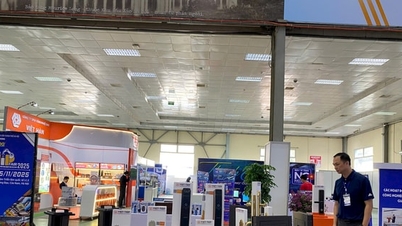






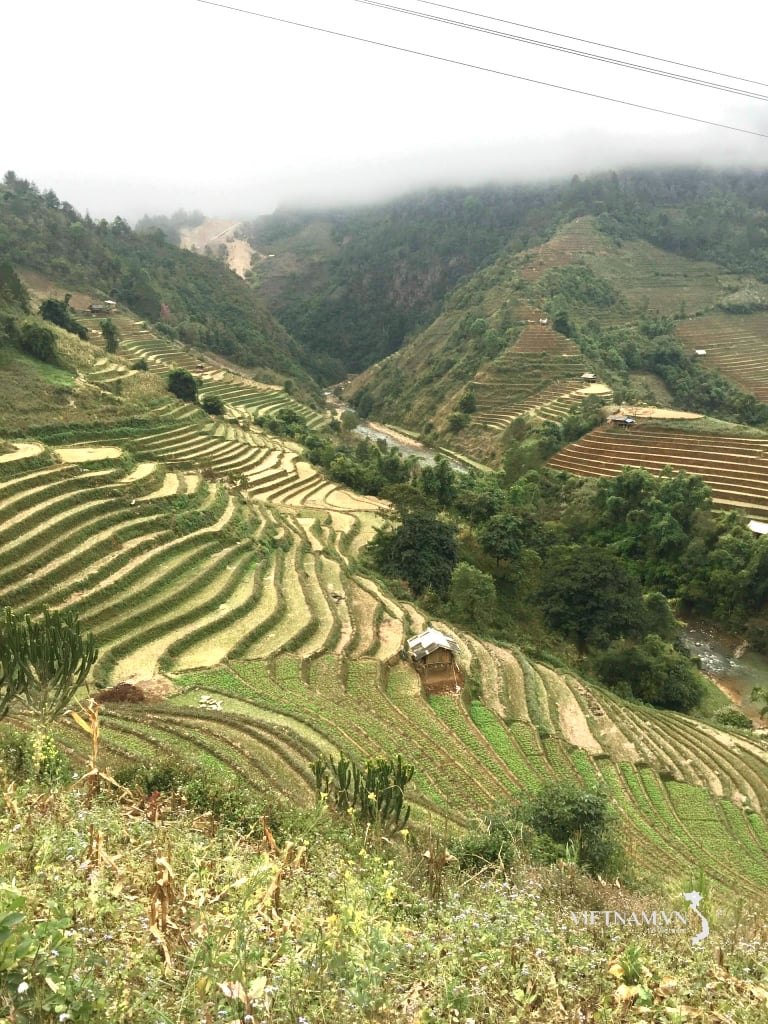



Comment (0)